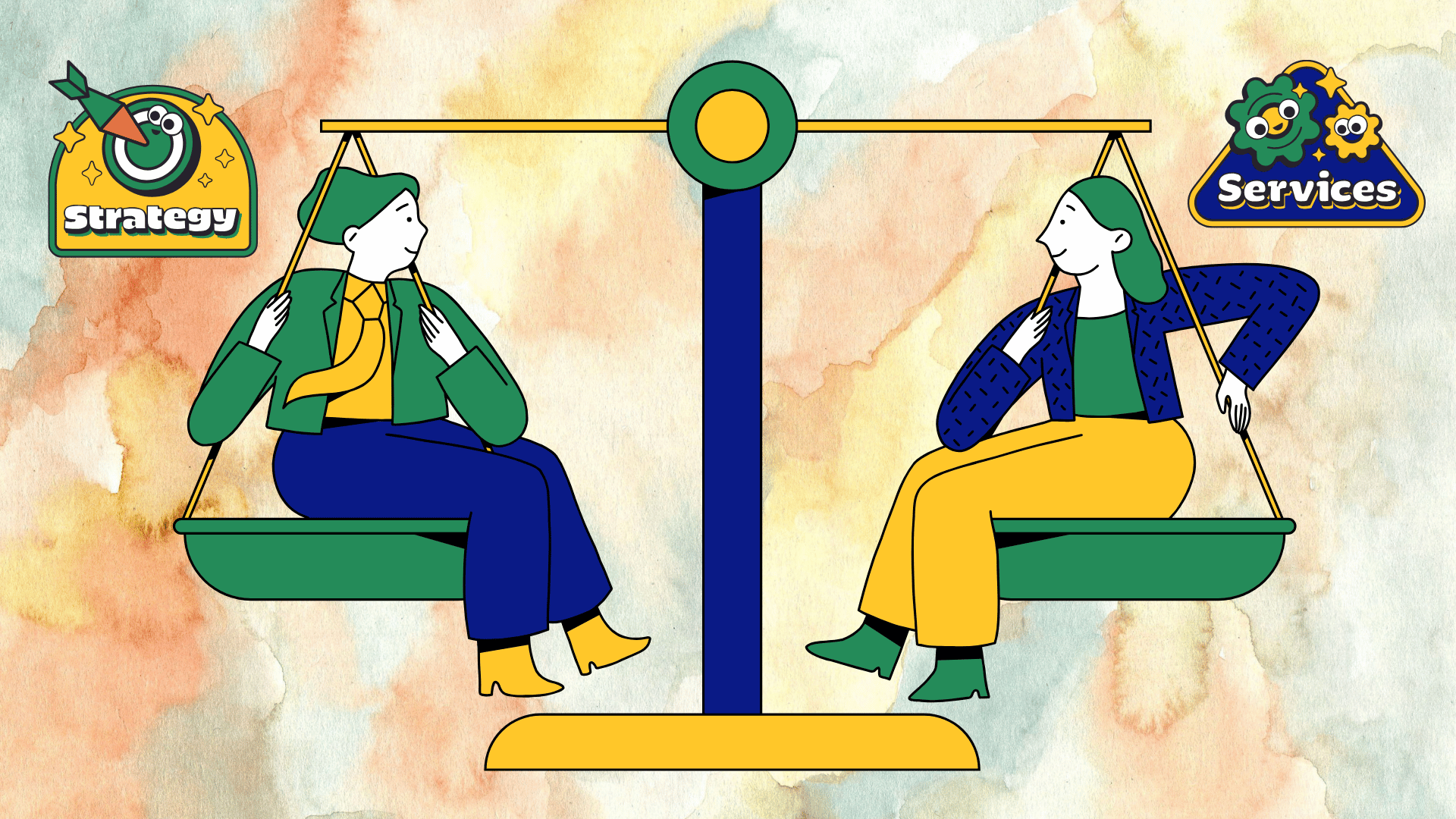NASSCOM’s latest “Re-engineering the SDLC” report backed by data from over 3,000 technology companies representing India’s $250 billion IT industry that serves Fortune 500 clients worldwide, reveals something extraordinary happening in software development.
The numbers don’t lie. 76% of developers are already using AI tools. Not experimenting with them. Not testing them on side projects. Using them in production, day after day, to build the software that runs our world.
This isn’t early adoption anymore, this is mainstream reality. When three-quarters of an entire profession has embraced a technology, we’ve crossed the tipping point into permanent transformation.
The Money Tells the Real Story
When you want to understand how fast an industry is changing, follow the money. Global AI spending is exploding from $235 billion in 2025 to $630 billion by 2028. But the real indicator? AI tools specifically for software development are growing from $270 million to $2.83 billion by 2030—that’s over 10x growth in six years.
North America leads with 60% of investment, but Asia-Pacific is moving fastest. According to NASSCOM, India’s premier technology industry association representing over 3,000 companies and serving as the authoritative voice for the country’s $250 billion IT industry – this isn’t speculative capital. This is enterprise money, budget reallocation at scale, companies fundamentally rewiring their development strategies.
The interpretation is clear: we’re past the experimental phase. This is institutional commitment at an unprecedented scale. The transformation is already funded.
AI Is Rewriting Every Phase of Development
Most people think AI in development means code completion. That’s missing the bigger picture. AI is fundamentally changing how software gets built at every stage:
- Planning: AI now performs predictive requirements analysis and automated risk assessment. It reads stakeholder inputs and identifies potential problems before development begins.
- Design: Teams describe what they want in plain English. AI generates working prototypes, optimizes component reusability, and models performance before any code is written.
- Development: Real-time code generation, yes. But also automated security scanning that catches vulnerabilities as you type, and intelligent debugging that doesn’t just find bugs, it explains why they happened.
- Testing: Self-healing test scripts that adapt when the UI changes. AI-generated test data that makes sense. Root cause analysis that traces problems back to their source automatically.
- Deployment: Automated rollback mechanisms that detect issues and fix them before users notice. Resource optimization that adjusts server capacity in real-time.
- Maintenance: AI systems detect anomalies, automatically remediate incidents, and continuously learn from every problem they solve.
This isn’t just faster development. This is fundamentally better software with dramatically reduced human intervention at every critical juncture. We’re witnessing the complete reconstruction of how software gets built, not just incremental improvements in existing processes.
The Performance Data Is Undeniable
NASSCOM tracked real implementations across organizations. The results speak for themselves:
Development cycles are 70% faster with low-code and no-code AI platforms. Code quality improved by 35%. Defect detection rates increased 28%. Legacy system migrations, typically the most resource-intensive projects can now achieve 20-50% effort savings with 80-90% code accuracy.
Testing cycles are 35% shorter. Deployment failures dropped 30%. Incident resolution is 25% faster.
The human impact:
- 99% of developers using AI tools report time savings.
- 68% save more than 10 hours per week.
This isn’t just about productivity metrics on spreadsheets. AI is liberating human creativity from repetitive tasks that have historically consumed the majority of developer time. We’re documenting the return of work-life balance to one of the most demanding professions in the digital economy.
What’s Actually Blocking Adoption
The barriers aren’t technical, they’re organizational. NASSCOM’s comprehensive analysis reveals that the technology works perfectly. The real obstacles are cultural and procedural:
- 39% cite security and compliance concerns.
- 35% worry about data privacy.
- 30% face skills gaps, particularly in prompt engineering, a discipline most developers are learning through trial and error.
- 24% struggle to measure ROI, particularly around improvements in developer satisfaction and time-to-insight.
- 20% deal with change management resistance, often from leadership concerned about workforce displacement.
The critical insight: these are solvable challenges with practical solutions, not technological barriers requiring breakthrough research.
2025: The Breakthrough Year
Three major shifts are coming, according to NASSCOM’s forward analysis:
- Agentic AI: AI agents will handle complete workflows, like planning sprints, writing code, running tests, deploying to production, monitoring results. End-to-end automation of tasks that currently take days.
- Platform Integration: AI becomes the foundation, not an add-on. Your entire development stack—IDE, repository, CI/CD pipeline—orchestrated through AI that understands context across every tool.
- Role Evolution: Developers become AI directors. The job shifts from writing every line of code to managing AI systems and ensuring quality outcomes. We’re witnessing the emergence of a new developer archetype, one who leverages artificial intelligence to achieve outcomes previously impossible for individual contributors.
The Proof Is in Production
NASSCOM documented remarkable case studies: A payment system modernization completed in half the usual time. DevOps tickets reduced by
- 95% after comprehensive AI deployment.
- Legacy migration effort cut by 40%.
- Cloud spending dropped 28% through intelligent optimization.
These aren’t experiments or pilot programs. This is production software development achieving performance levels that redefine industry benchmarks. The results challenge conventional assumptions about productivity limits and demonstrate what becomes possible when human creativity combines with AI capability.
The Strategic Choice
Companies succeeding with AI follow three principles:
Start small, scale fast: Begin with focused implementations that prove value, then expand rapidly.
Measure everything: Track not just speed but quality, satisfaction, and long-term outcomes.
Human-AI collaboration: The best results come from developers and AI working together, not AI working alone.
The AI revolution in software development is happening now. The data proves it. The money backs it. The results validate it. You can lead this transformation or follow it. But you can’t ignore it. The choice is simple: Adapt now, or spend the next five years catching up.
Based on comprehensive research from NASSCOM’s “Re-engineering the SDLC” report, a landmark study that captures the reality of AI transformation across the global software development industry.







